The Ultimate Italian Antipasto
The Italian term “ANTIPASTO” derives from Latin “ante” (before) and “pastus” (meal): a traditional Italian meal will commence with this sensory and engaging presentation of mini tastings that highlight various textures, colors and flavors with the intent to titillate the diner and stimulate their taste buds for the full meal that awaits. Italians pride themselves on clean, natural ingredients and dishes that are deeply rooted in local gastronomic traditions so the key is to keep it simple: the antipasto should always complement the meal not overpower it.
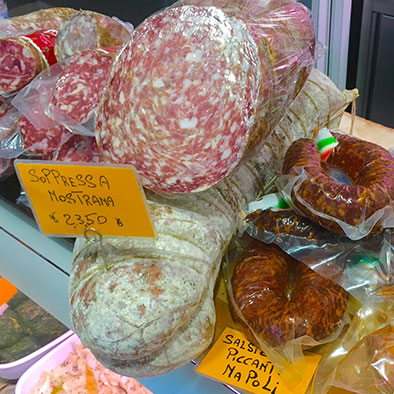 The combination of these piccoli tastings should be ideal flavor pairings meant to inspire one’s palate. The purpose of the antipasto platter prior to settling in to a typical Italian meal, usually of numerous courses, is to not only prepare your guests for the upcoming menu, but to create a festive ambiance ideal for friendly conversation and the never to be skipped celebratory “brindisi” (welcome toast) over a glass of Prosecco or an Aperol/Campari Spritz!
The combination of these piccoli tastings should be ideal flavor pairings meant to inspire one’s palate. The purpose of the antipasto platter prior to settling in to a typical Italian meal, usually of numerous courses, is to not only prepare your guests for the upcoming menu, but to create a festive ambiance ideal for friendly conversation and the never to be skipped celebratory “brindisi” (welcome toast) over a glass of Prosecco or an Aperol/Campari Spritz!
Italian culture is distinguished by regional traditions and the antipasto dish follows suit. Depending on the region, the go to antipasti options will vary although the concept remains the same: incorporate fresh & seasonal ingredients that will stimulate the senses and provide the ultimate prelude to an unforgettable and bellissimo meal.
As a rich dairy region, Northern Italy often offers antipasti recipes that highlight tasty cheese varieties paired with naturally cured specialty meats. Both aged and 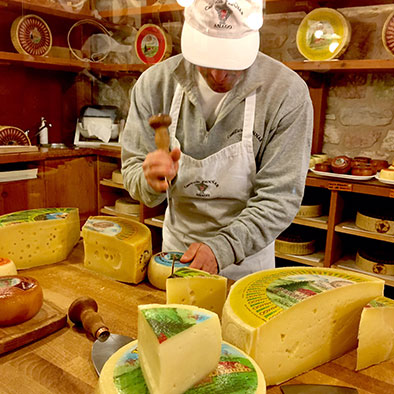
semi-soft cheese are selected including a number of varieties from the local Altopiano di Asiago plateau area: Asiago Pressato, Mezzano, Vecchio and Stravecchio as well as mild Caciotta varieties, either plain or with mountains herbs and spices. Typically these types of cheese are served with sweet marmalades and honey as well as savory tapenades.
Regarding specialty meats, world famous varieties including Prosciutto di Parma and Prosciutto di San Daniele will always make an appearance on the antipasto platter but often local “0 km” varieties like the Veneto Prosciutto di Montagnana are preferred. Thinly shaved salame nostrano and mortadella are also always a hit. Depending on the season, fresh sliced cantaloupe is the ideal accompaniment with cured meats. Briny olives, capers and roasted nuts will also nicely complement these Northern Italian antipasti staples.
Cuisine influences across the North will also include alpine mountain traditional ingredients including speck, a unique regional smoked ham, as well as golden polenta served either boiled, grilled, baked or fried. Northern Italian cuisine also incorporates coastal Mediterranean and Adriatic inspirations so seafood theme antipasti will also be prepared depending on the main meal menu.
Central Italy is just as well known for its rich history in cheese making and specialty deli meats. Hearty, herb-stuffed porchetta slices are perfectly paired with fennel and bean salads while fresh burrata, ricotta and mozzarella cheese plates are accompanied by sweet roasted tomatoes and seasoned eggplant drizzled in basil infused Extra Virgin olive oil. Rural, country flavors are abundant on Tuscan style antipasti plates providing indulgent pairings of crostini/bruschetta made from rustic breads topped with marinated or pickled harvest vegetables. Various wine pairings are typically offered during the antipasti course to further enhance and elevate the meal experience: a luscious Chianti Classico and berryliscious Lambrusco are perfetto!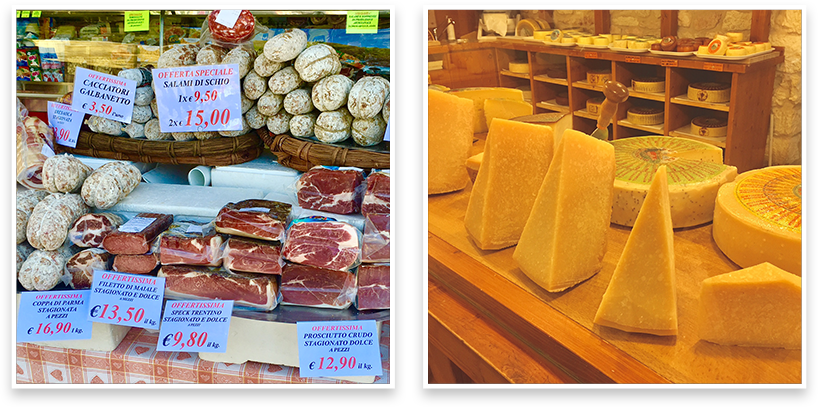
Southern Italian cuisine showcases bolder flavors in the antipasto platters including spicier “piccante” renditions of Mediterranean specialties. Expect a lot more chili pepper, garlic and herbs! From sorpressata to nduja your taste buds will explode with flavor. Lighter “pinzimonio” or “cazzimperio” raw vegetables dishes will balance these more aggressive flavors: simply chopped fresh seasonal vegetables including fennel, celery, bell peppers, carrots and radishes are simply served with a basic dipping sauce made of olive oil, salt & pepper.
Fratelli Beretta Antipasto Tray is the perfect start to any dinner party here in the United States. We recommend a crostini topped with fresh creamy ricotta, drizzled with honey and toasted pecans arranged on a platter to accompany the meats. Don’t forget the wine! A chilled, sweet, crisp Moscato Wine will impress your guests. Buon appetito!

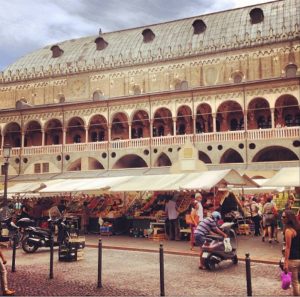
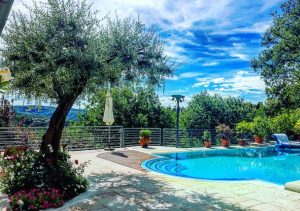
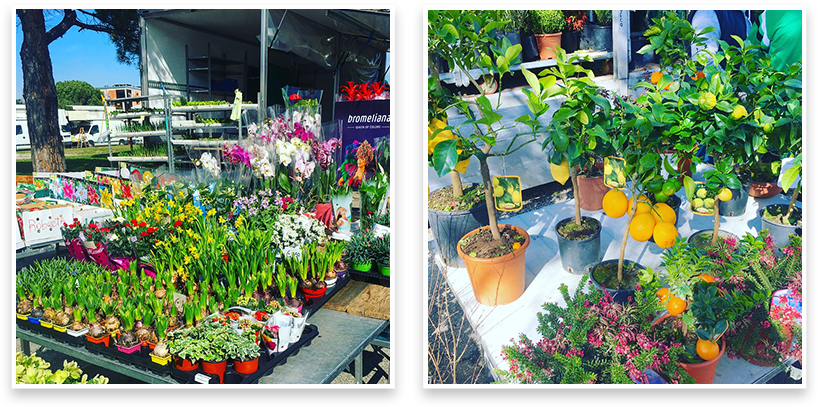
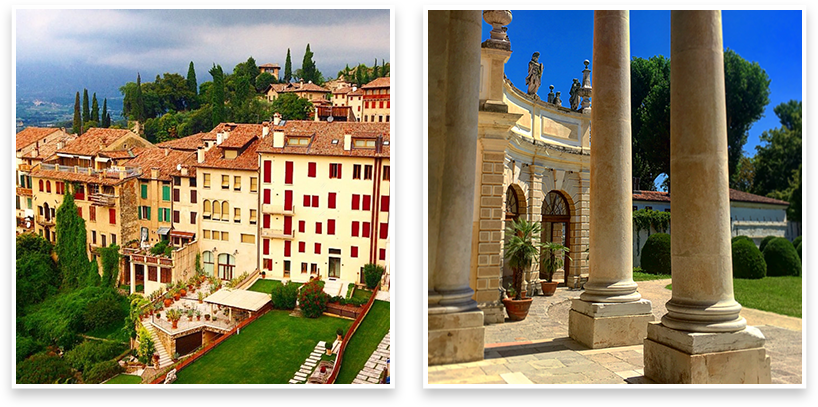
 On the other hand, today’s domestic gardens have maintained their roots post WWII where home gardens served a functional purpose of growing herbs & vegetables. Modern Italian homes are a mix of both inspirations combining functionality & artistic design. Country homes with surrounding farmland will have space for an orchard, kitchen garden, flowerbeds, a patio section and often a water element like a small pond. Homes in the “centro storico” of the towns & villages pride themselves on scenic terraces that are adorned with splendid flowers, citrus plants and an abundance of aromatic herbs. A portico terrace provides the ideal ambiance for “al fresco” dining:
On the other hand, today’s domestic gardens have maintained their roots post WWII where home gardens served a functional purpose of growing herbs & vegetables. Modern Italian homes are a mix of both inspirations combining functionality & artistic design. Country homes with surrounding farmland will have space for an orchard, kitchen garden, flowerbeds, a patio section and often a water element like a small pond. Homes in the “centro storico” of the towns & villages pride themselves on scenic terraces that are adorned with splendid flowers, citrus plants and an abundance of aromatic herbs. A portico terrace provides the ideal ambiance for “al fresco” dining: 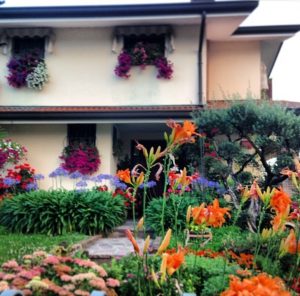 an absolute must in maintaining an authentic “la dolce vita” lifestyle. In the coming months Italian families spend most of their family meals outdoors, either poolside or with breath taking views from the terrace to admire the landscape be it coastal, countryside or city rooftops.
an absolute must in maintaining an authentic “la dolce vita” lifestyle. In the coming months Italian families spend most of their family meals outdoors, either poolside or with breath taking views from the terrace to admire the landscape be it coastal, countryside or city rooftops.